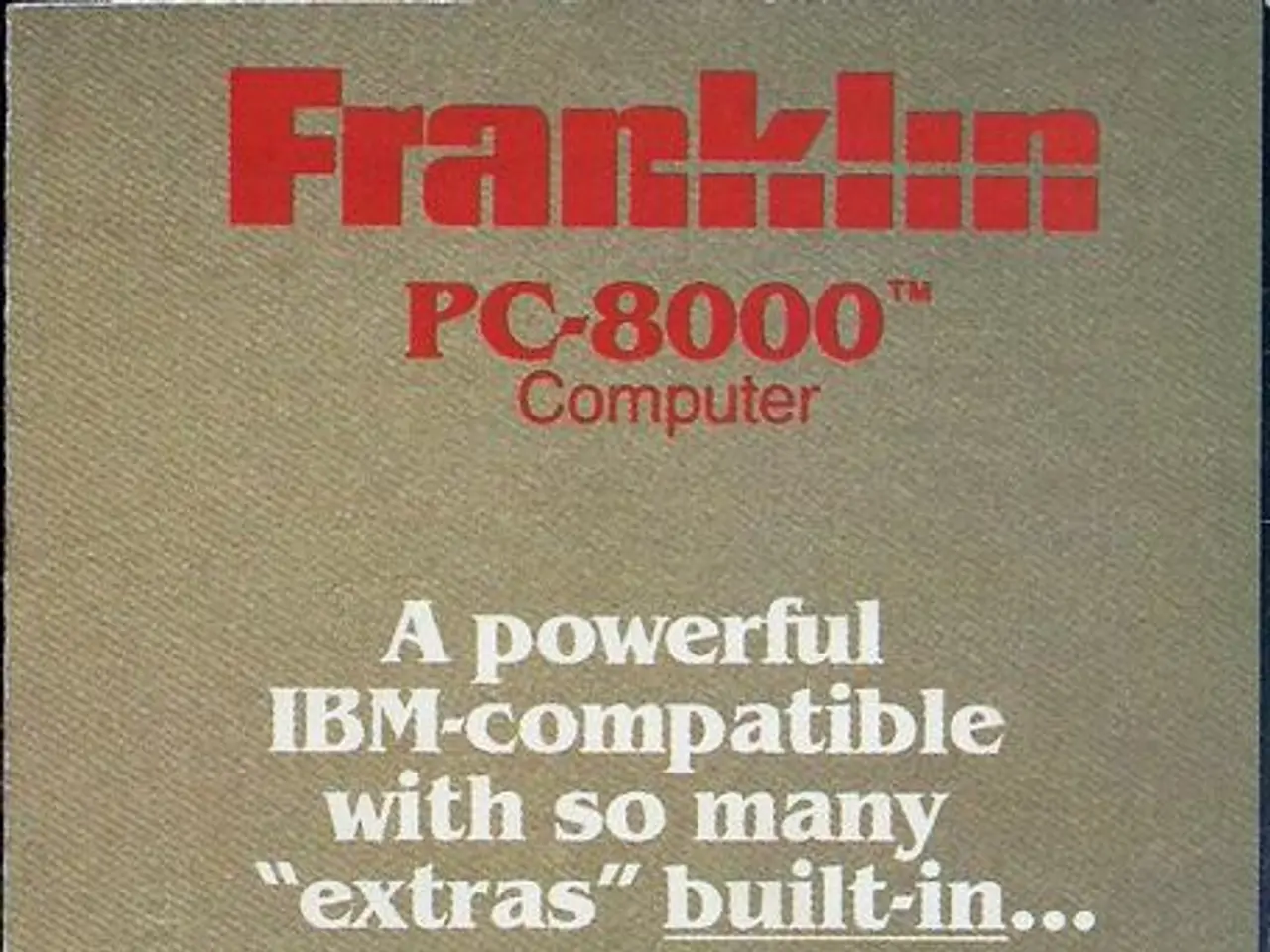"Nvidia admits to a seldom glitch in the GeForce RTX 50-series graphics processor unit"
In the tech world, Nvidia's latest GeForce RTX 50-series GPUs have been making waves, but not all of it has been positive. As with any new technology, users have reported a few issues, primarily related to drivers and hardware concerns.
At launch, some users experienced driver stability problems, including crashes, black screens, and game crashes associated with RTX 50-series drivers. This was described as a "disastrous" rollout with various bugs such as clock rate oddities and crashes. However, Nvidia quickly addressed these issues by releasing hotfix drivers, such as version 576.66, which reportedly resolved many of these stability issues for users.
Another concern has been the melting of the 12VHPWR power connectors on some RTX 50-series cards, a problem that has been seen in earlier generations like the RTX 4090s. This issue poses serious safety risks and has been a point of concern among early adopters.
A less common issue reported is the discrepancy in the number of Render Output Units (ROPs) on certain RTX 5090 and 5070 Ti GPUs. Affected GPUs have 168 ROPs instead of the listed 176, causing a performance loss of 4-5%. However, this issue affects less than 1% of the GPUs in the market.
There have been no verified widespread ROP hardware defects or documented ASUS ROG Astral card fires in the available information. If such incidents exist, they remain unreported or anecdotal without authoritative confirmation.
In response to these issues, Nvidia has introduced Verified Priority Access for customers who want to purchase a GeForce RTX 5090 or RTX 5080 Founders Edition graphics card directly from the company. To gain access, customers must have an Nvidia account created on or before Jan. 30, 2025, and fill out a form.
Despite these issues, the demand for the RTX 50-series GPUs remains high, leading to scarcity at retail. Nvidia warned of this problem before the RTX 50-series GPUs were released. Users upgrading to RTX 50-series GPUs should ensure they use updated drivers and carefully inspect power connectors to mitigate risks.
Affected users are advised to contact the makers of the GPUs and obtain an RMA to send back the affected graphics card. Both card owners who experienced the 12VHPWR cable melting issue were provided with replacements by Nvidia.
As always, it's essential to stay informed and take necessary precautions when upgrading to new technology. With the GeForce RTX 50-series GPUs, users can look forward to advanced technology that uses AI to work more efficiently, but they should also be mindful of the reported issues and take steps to ensure a safe and smooth upgrade experience.
[1] https://www.nvidia.com/en-us/geforce/forums/geforce-graphics-cards/1387435-geforce-rtx-50-series-gpus-driver-stability/ [2] https://www.pcgamer.com/nvidia-releases-hotfix-driver-for-geforce-rtx-50-series-gpus-after-launch-issues/ [4] https://www.pcgamer.com/nvidias-geforce-rtx-50-series-gpus-have-a-serious-problem-with-their-power-connectors/
- The latest GeForce RTX 50-series GPUs from Nvidia, such as the RTX 5090 and RTX 5070 Ti, have drawn attention for their advanced technology that employs AI, but some users have reported issues like driver stability problems, melting of 12VHPWR power connectors, and discrepancies in Render Output Units (ROPs).
- In the tech world, it has been noted that some RTX 50-series users have encountered driver stability issues, including crashes, black screens, and game crashes associated with RTX 50-series drivers, which have been described as a "disastrous" rollout with various bugs like clock rate oddities and crashes.
- Users who have encountered the melting of 12VHPWR power connectors on their RTX 50-series cards can get replacements from Nvidia, as seen in earlier generations like the RTX 4090s. This issue poses serious safety risks and has been a point of concern among early adopters.
- To minimize risks and ensure a safe upgrade experience, users upgrading to RTX 50-series GPUs are advised to use updated drivers and carefully inspect power connectors while staying informed about the reported issues and taking necessary precautions.




